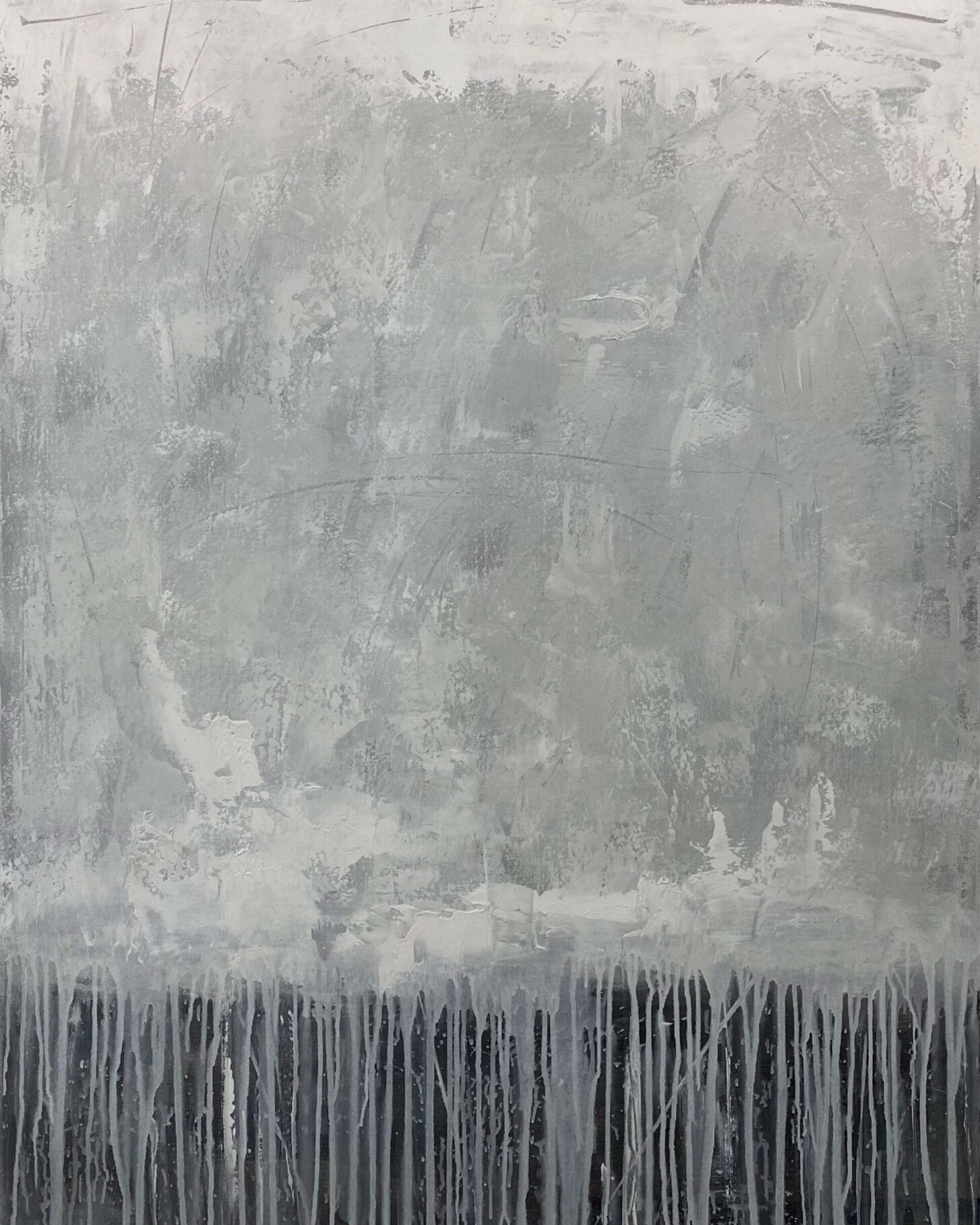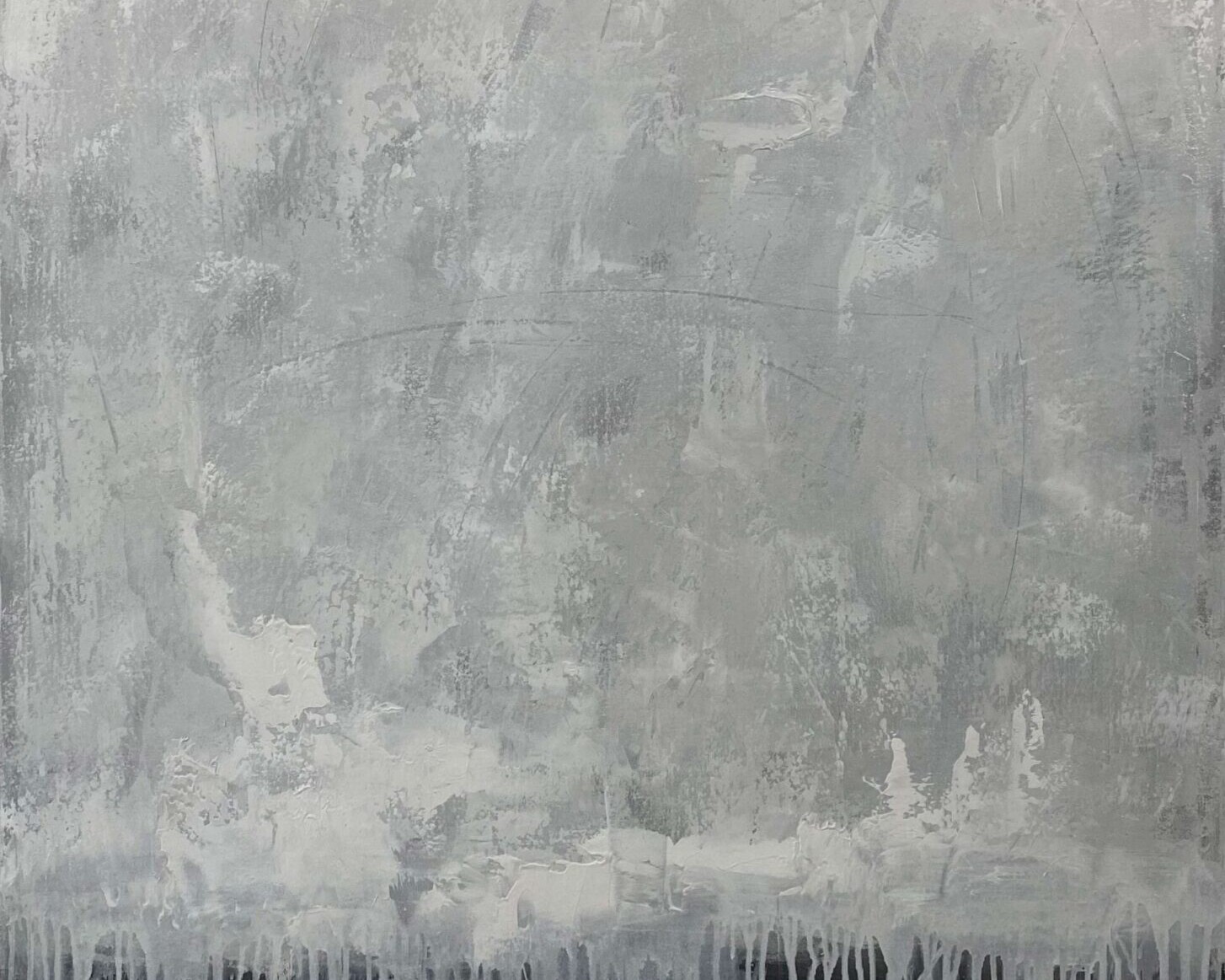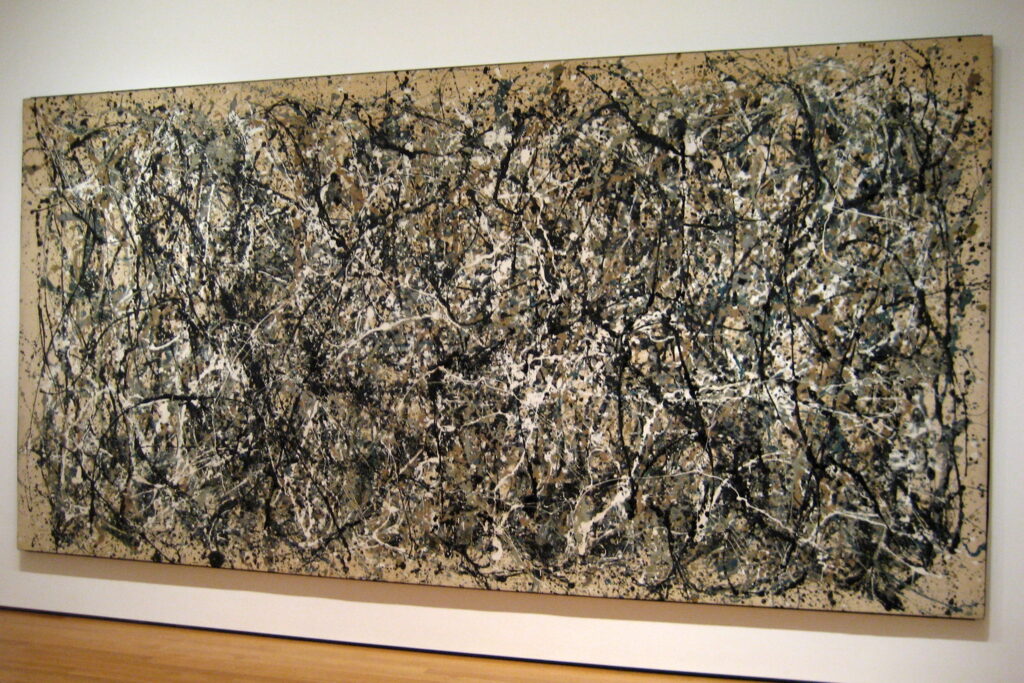Categories of Modern Art: Exploring Abstract Expressionism, Cubism, Surrealism, and More


ModernDefinition: Modernità encompasses the historical period tha... More art is a diverse and ever-evolving field that encompasses various categories and movements. From the abstract expressionism of Jackson Pollock to the conceptual art of Marcel Duchamp, modernDefinition: Modernità encompasses the historical period tha... More art has pushed the boundaries of creativity and challenged traditional notions of artistic representation. In this article, we will explore the different categories of modernDefinition: Modernità encompasses the historical period tha... More art and delve into their defining characteristics and influential artists.
What are the different categories of modern art?

ModernDefinition: Modernità encompasses the historical period tha... More art is characterized by its departure from traditional artistic styles and its emphasis on experimentation and innovation. It encompasses a wide range of categories, each with its own unique approach and aesthetic. Some of the major categories of modernDefinition: Modernità encompasses the historical period tha... More art include abstract expressionism, cubism, surrealism, pop art, minimalism, conceptual art, installation art, and performance art.
Abstract expressionism
Abstract expressionism is a category of modernDefinition: Modernità encompasses the historical period tha... More art that emerged in the mid-20th century. It prioritizes the artist’s emotional and psychological state over representational representation. Artists of this movement aimed to convey their inner thoughts and emotions through abstract forms and expressive brushwork. An example of abstract expressionism is the work of Jackson Pollock, known for his “drip paintings” that reflect the artist’s spontaneous gestures and emotions. Pollock’s famous painting “No.”5, 1948” is a prime example of his unique style, with its chaotic splatters of paint and energetic brushstrokes.
Cubism
Cubism, another significant category of modernDefinition: Modernità encompasses the historical period tha... More art, originated in the early 20th century. It challenged traditional notions of perspective and representation by abstracting forms and reducing them to basic geometric shapes. Artists like Pablo Picasso and Georges Braque were pioneers of this movement, breaking down objects and figures into fragmented forms and presenting multiple viewpoints simultaneously. An iconic example of cubism is Picasso’s painting “Les Demoiselles d’Avignon,” which depicts figures with distorted and fragmented features. The painting’s bold use of geometric shapes and fragmented forms revolutionized the art world and paved the way for future artistic movements.
Surrealism
Surrealism is a category of modernDefinition: Modernità encompasses the historical period tha... More art that emerged in the early 20th century. It combined everyday subject matter with elements of fantasy to create dreamlike and fantastical scenes. Surrealist artists sought to unlock the power of the unconscious mind and explore the realm of dreams and imagination. Salvador Dalí is one of the most renowned surrealist artists, known for his bizarre and dreamlike paintings such as “The Persistence of Memory.” This iconic painting features melting clocks and a barren landscape, evoking a sense of mystery and otherworldliness.
Pop art
Pop art is a category of modernDefinition: Modernità encompasses the historical period tha... More art that emerged in the 1950s and 1960s. It incorporated elements of popular culture, such as advertisements, consumer products, and celebrities, into artwork. Pop artists used bold colors, popular imagery, and techniques borrowed from commercial art to challenge traditional artistic conventions and celebrate the kitsch of popular culture. Andy Warhol, with his iconic images of Marilyn Monroe and Campbell’s soup cans, is one of the leading figures of the pop art movement. His screen-printed images of Monroe and everyday objects became synonymous with the movement and continue to be celebrated today.
Minimalism
Minimalism is a category of modernDefinition: Modernità encompasses the historical period tha... More art that emerged in the 1960s. It is characterized by its simplicity and reduction of form to the most essential elements. Minimalist artists sought to remove any unnecessary details and create art that was stripped down to its bare essentials. The use of geometric shapes, clean lines, and monochromatic color palettes are common characteristics of minimalism. Artists like Donald Judd and Dan Flavin are associated with this movement. Dan Flavin’s fluorescent light installations that consist of simple, straight lines of light exemplify the minimalist approach, transforming the viewer’s perception of space and light.
Conceptual art
Conceptual art is a category of modernDefinition: Modernità encompasses the historical period tha... More art that emerged in the 1960s and 1970s. It prioritizes the idea or concept behind the artwork over its physical form. Conceptual artists focus on the intellectual and philosophical aspects of art, challenging traditional notions of aesthetics and craftsmanship. They often use unconventional materials and methods to convey their ideas. One example is the work of Marcel Duchamp, who famously presented a urinal as an artwork titled “Fountain.” Duchamp’s provocative piece challenged the definition of art and sparked debates about the role of the artist and the value of artistic skill.
Installation art
Installation art is a category of modernDefinition: Modernità encompasses the historical period tha... More art that incorporates three-dimensional elements and transforms the entire space into an immersive artwork. It differs from traditional art forms by encompassing the viewer’s physical presence and engagement. Installation artists use a variety of materials and techniques to create site-specific or temporary installations that evoke specific emotions or concepts. An example of installation art is Yayoi Kusama’s “Infinity Mirror Rooms,” which create a sense of infinite space through the use of mirrors and lights. These immersive installations invite viewers to step into a world of endless reflections and illusions.
Performance art
Performance art is a form of modernDefinition: Modernità encompasses the historical period tha... More art in which the artist uses their body or actions as the medium of expression. It is a live and time-based art form that often involves audience participation and interaction. Performance artists create unique and ephemeral experiences, blurring the boundaries between art and life. Marina Abramović is a renowned performance artist known for her physically and emotionally demanding performances that explore the limits of the human body and mind. Her piece “The Artist is Present,” in which she sat silently across from visitors for hours at a time, challenged notions of time, presence, and human connection.
How has modern art influenced contemporary art and artistic boundaries?
ModernDefinition: Modernità encompasses the historical period tha... More art has had a profound influence on contemporaryContemporary, mirroring the German notion of "Zeitgenosse" -... More art and continues to shape the artistic landscape. The various categories of modernDefinition: Modernità encompasses the historical period tha... More art have inspired and influenced countless contemporaryContemporary, mirroring the German notion of "Zeitgenosse" -... More artists, shaping their artistic practices and pushing the boundaries of artistic expression. The experimentation and innovation of modernDefinition: Modernità encompasses the historical period tha... More art have opened up new possibilities for contemporaryContemporary, mirroring the German notion of "Zeitgenosse" -... More artists to explore.
ContemporaryContemporary, mirroring the German notion of "Zeitgenosse" -... More artists often draw inspiration from the techniques and concepts of modernDefinition: Modernità encompasses the historical period tha... More art movements. For example, the expressive brushwork and emotional intensity of abstract expressionism can be seen in the works of contemporaryContemporary, mirroring the German notion of "Zeitgenosse" -... More artists like Gerhard Richter and Anselm Kiefer. These artists continue to explore the power of abstraction and the use of paint as a means of emotional expression.
The influence of cubism can be observed in the fragmented and distorted forms of contemporaryContemporary, mirroring the German notion of "Zeitgenosse" -... More artists like David Hockney and Frank Stella. These artists deconstruct and reconstruct objects and figures, playing with multiple perspectives and challenging traditional notions of representation.
Surrealism has left a lasting impact on contemporaryContemporary, mirroring the German notion of "Zeitgenosse" -... More art, with artists like Salvador Dalí paving the way for the exploration of dreams and the subconscious. ContemporaryContemporary, mirroring the German notion of "Zeitgenosse" -... More artists such as Yayoi Kusama and Mark Ryden create fantastical and dreamlike worlds in their artwork, blurring the boundaries between reality and imagination.
Pop art’s incorporation of popular culture and consumerism continues to resonate with contemporaryContemporary, mirroring the German notion of "Zeitgenosse" -... More artists. Artists like Jeff Koons and Takashi Murakami draw inspiration from popular culture and consumer products, creating artwork that reflects the influence of mass media and consumerism on society.
The minimalist aesthetic and emphasis on simplicity has influenced contemporaryContemporary, mirroring the German notion of "Zeitgenosse" -... More artists such as Agnes Martin and Donald Judd. These artists explore the use of clean lines, geometric forms, and minimal color palettes to create contemplative and meditative artwork.
Conceptual art’s focus on ideas and concepts rather than physical objects has expanded the possibilities of contemporaryContemporary, mirroring the German notion of "Zeitgenosse" -... More art. Artists like Damien Hirst and Maurizio Cattelan challenge traditional notions of art by creating provocative and thought-provoking installations and artworks.
Installation art and performance art have also had a significant impact on contemporaryContemporary, mirroring the German notion of "Zeitgenosse" -... More art. Artists like Olafur Eliasson and Marina Abramović continue to create immersive installations and engage audiences through their performative art practices. These artists blur the boundaries between art and life, creating unique and transformative experiences for viewers.
In conclusion, the different categories of modernDefinition: Modernità encompasses the historical period tha... More art have shaped the artistic landscape and continue to influence contemporaryContemporary, mirroring the German notion of "Zeitgenosse" -... More art. From abstract expressionism to installation art, each category offers a unique perspective and approach to art-making. ModernDefinition: Modernità encompasses the historical period tha... More art has expanded the definition of art, challenged traditional artistic conventions, and pushed the boundaries of artistic expression. Through their experimentation and innovation, modernDefinition: Modernità encompasses the historical period tha... More artists have paved the way for contemporaryContemporary, mirroring the German notion of "Zeitgenosse" -... More artists to explore new ideas, techniques, and concepts. The influence of modernDefinition: Modernità encompasses the historical period tha... More art can be seen in the diverse range of contemporaryContemporary, mirroring the German notion of "Zeitgenosse" -... More artworks and the ongoing evolution of artistic practices.
. “What Is ModernDefinition: Modernità encompasses the historical period tha... More Art? Definition, Characteristics & Famous Artists.” StudioBinder Blog, 21 Sept. 2021, www.studiobinder.com/blog/what-is-modern-art-definition.